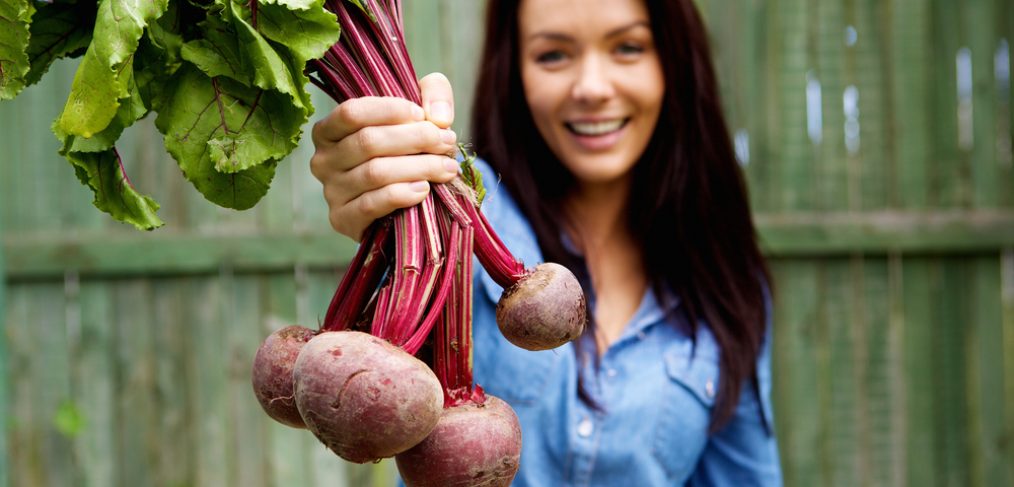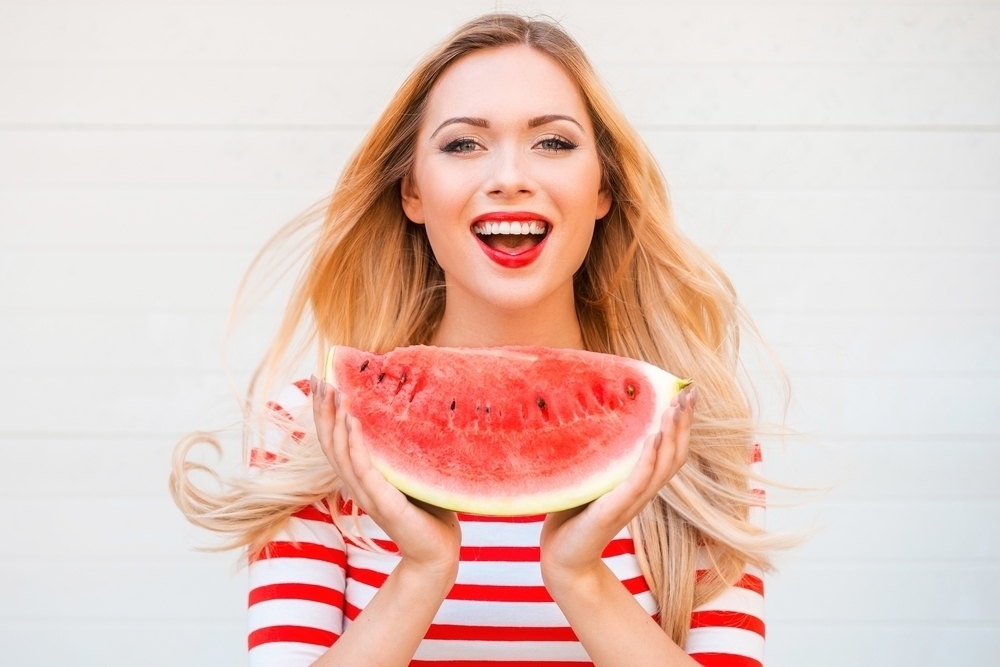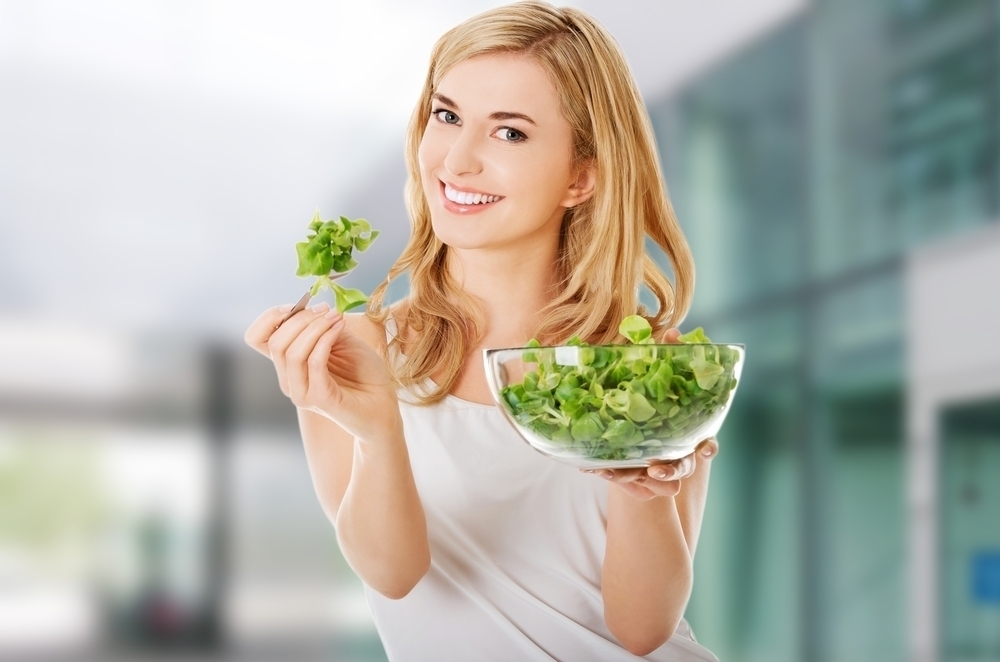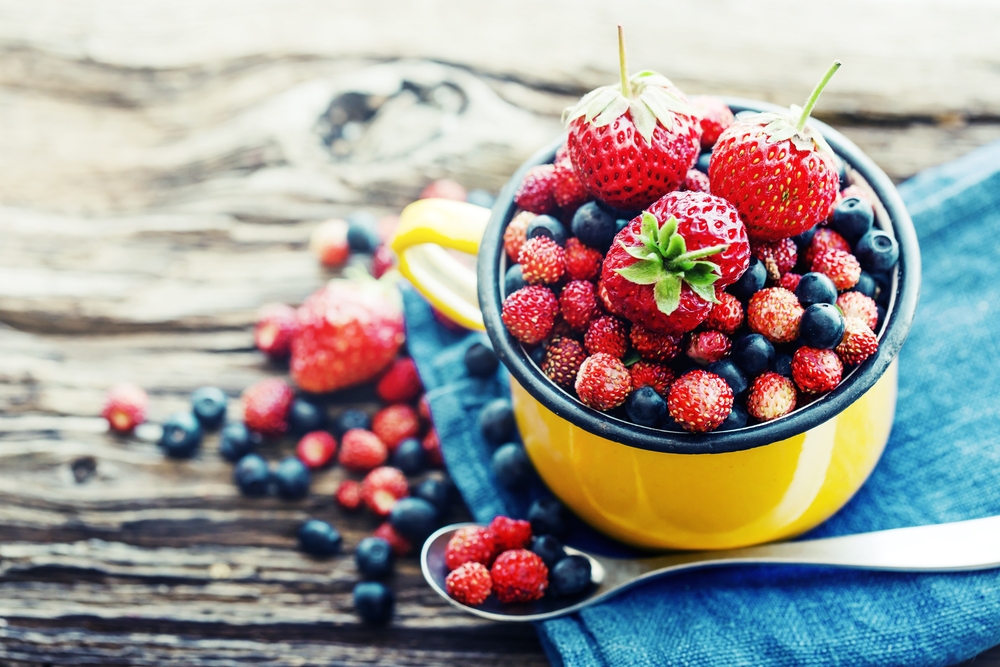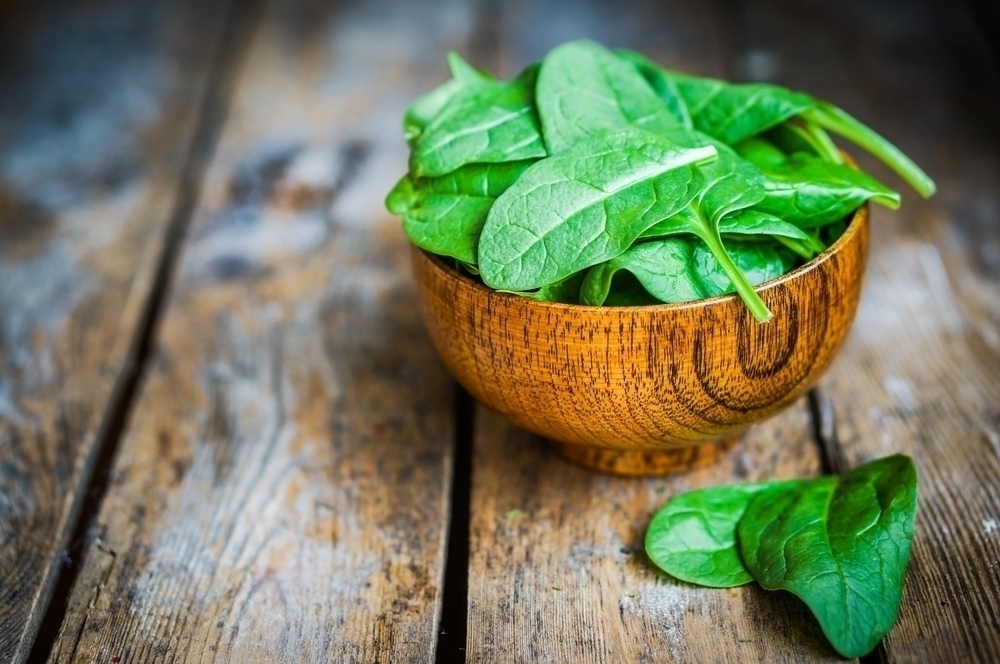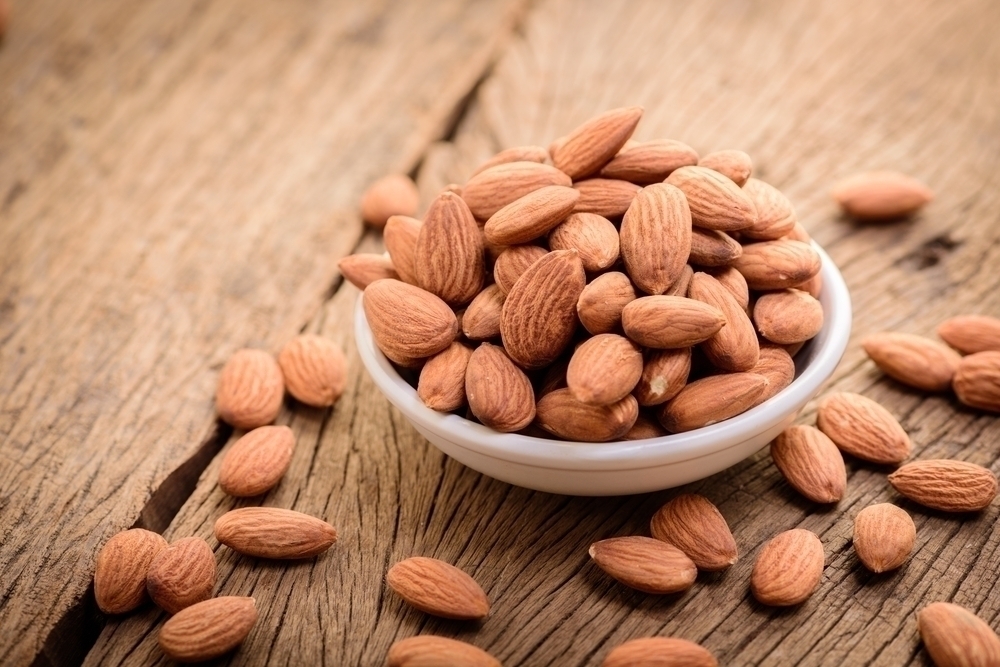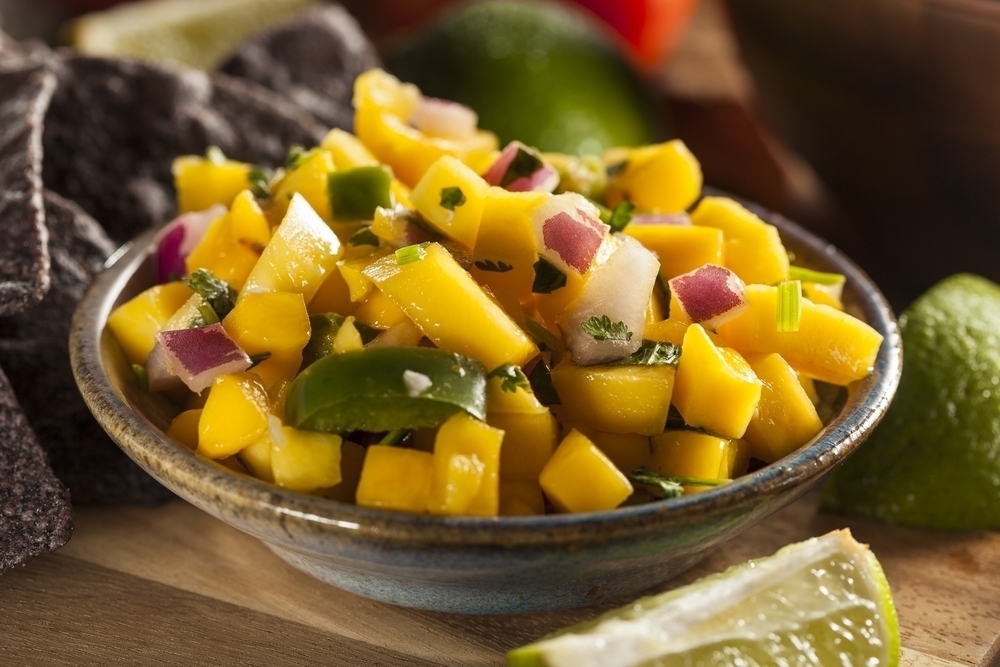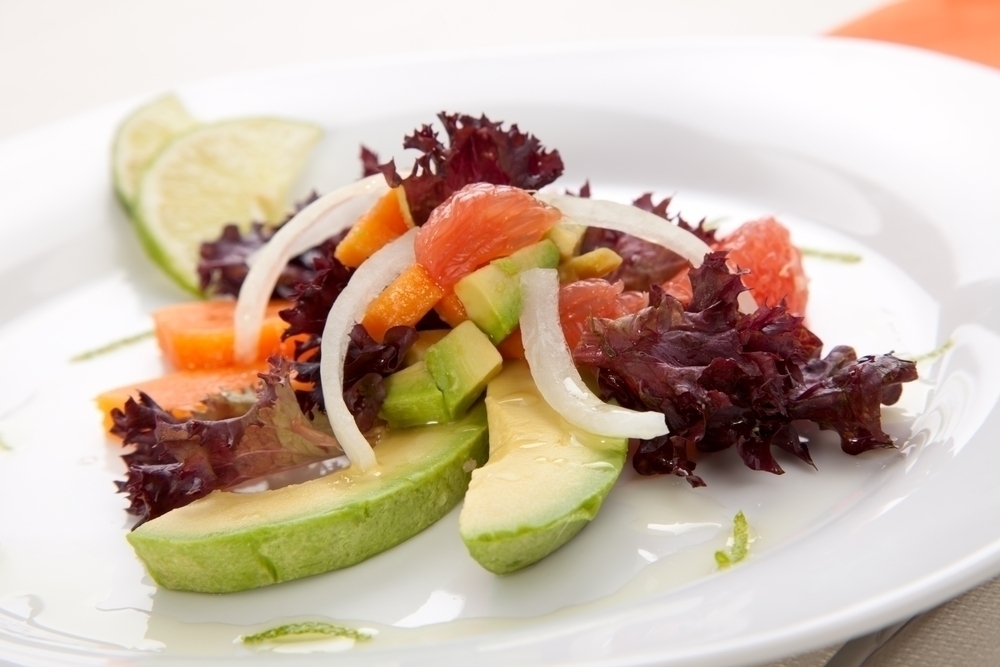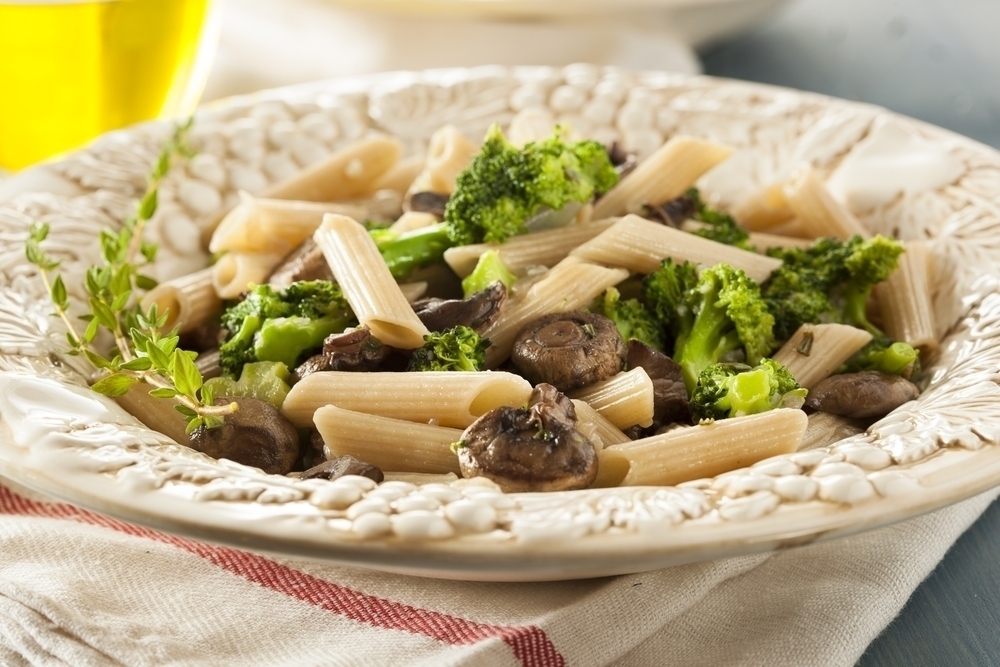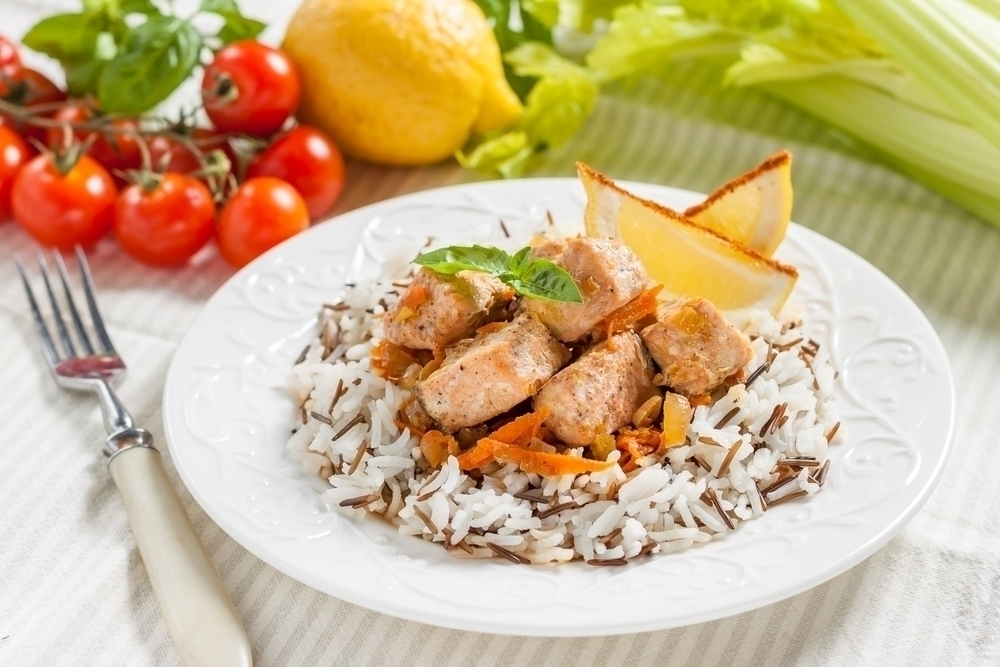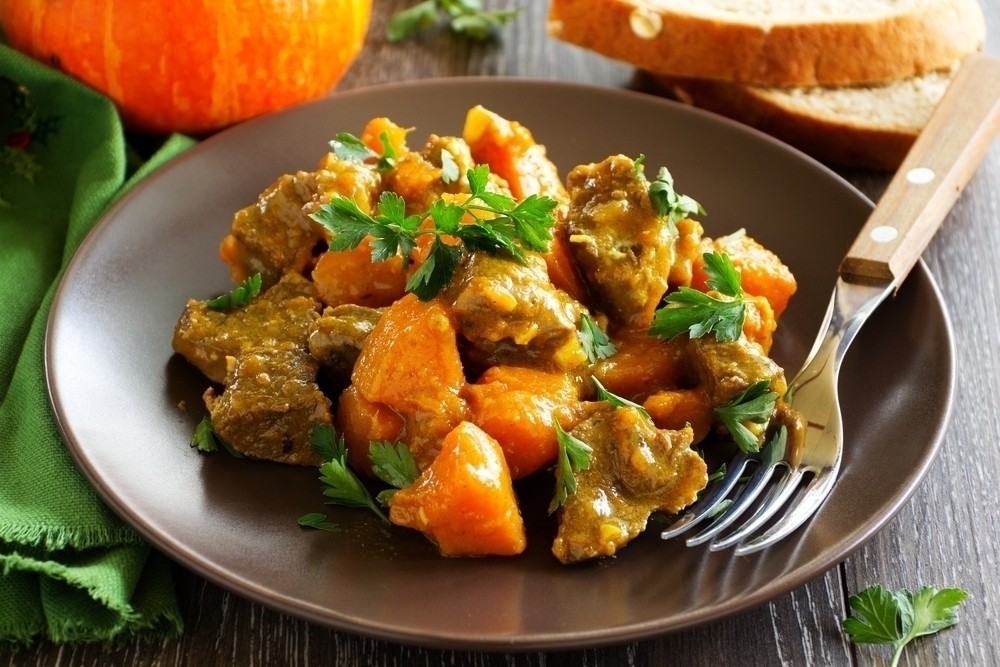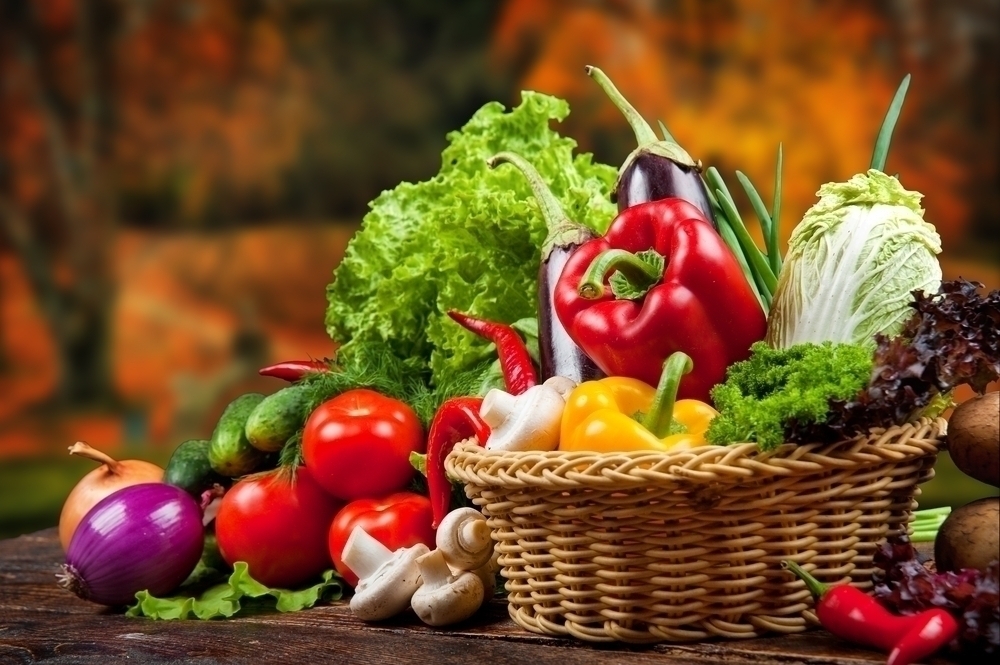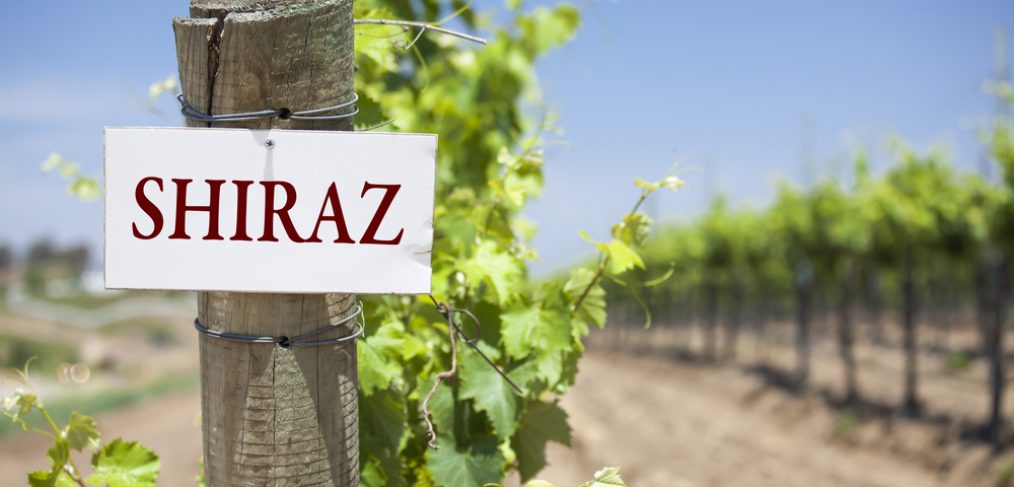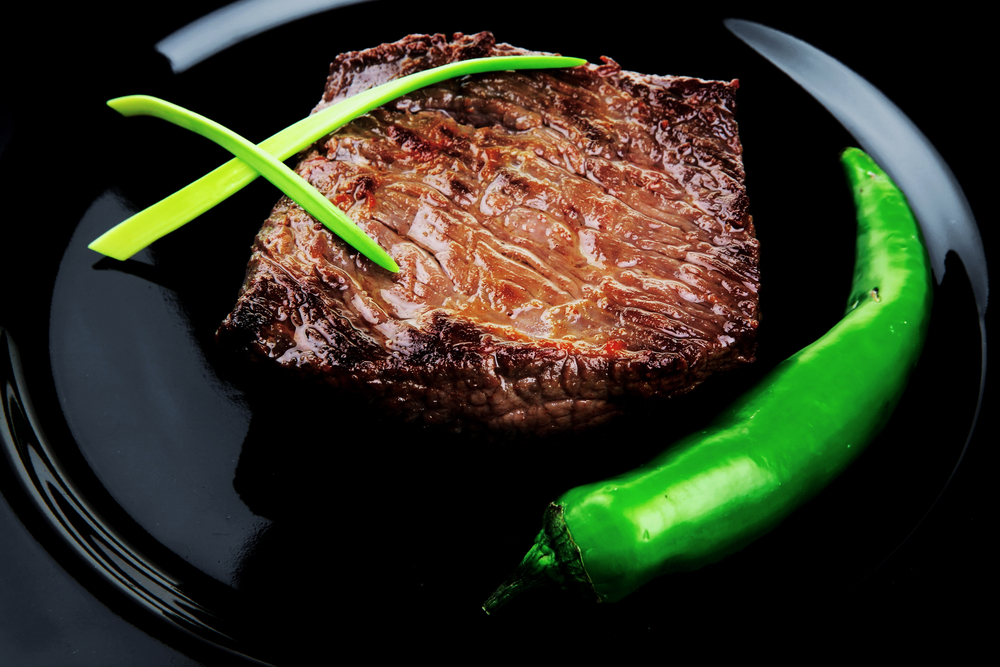Have you heard of the Super Sprowtz? You may have seen the colorful Sammy Spinach, Erica Eggplant, Oliver Onion , Colby Carrot and Suzy Sweet Pea singing, “If you’d like to eat healthy, put a veggie on it” to the tune of Beyonce’s, “Put A Ring On It.” in videos and on social media. The Super Sprowtz are the biggest thing to hit the produce industry since the “California Raisins.” Veggies and fruits as superheroes and rock stars is a no-brainer; they must be among one of the most powerful food sources, able to deliver vitamins and nutrients in a single bound. Let’s have a look at some of the superheroes of the fruit and veggie world.
Cranberries
Don’t let the size fool you. Cranberries deliver a punch of antioxidants. They will protect you from free age-related degeneration and free radical damage and save you from urinary tract infection, oral disease, and cancer. Pop some in your pancakes for a healthier breakfast.
Beets
Beets’ superpowers come from their stores of betaine and nitrate. They will fight off super villains like heart and liver and will staunchly support the blood flow to your brain and reduce the risk of dementia.
Kiwifruit
This furry superhero is known for its lung, eye and colon protecting nutrients. They may also help your supervision by preventing macular degeneration. Kiwi is also known for its high level of vitamin E which prevents cancer and also has been known to pack vitamin C, magnesium, copper and potassium.
Pomegranates
This is a wonder fruit if there ever was one. It boosts your cardiovascular system and kicks carcinogens in the butt.
Brussel sprouts and Cabbage
These daredevils are chock full of the powers of vitamins A and C and will deliver with high concentrations of glucosinolates faster than a speeding bullet.
Pumpkin
What would our group of avenging produce be without a super pumpkin? Hurling through the air bursting with alpha-linoleic acid, pumpkin seeds are known defenders against high blood pressure, heart disease, and high cholesterol. Pumpkins are also great sources of alpha and beta carotene to guarantee X-ray vision and cell growth with its alpha and beta carotene.
Pears
Maybe the Boy Wonder of the Superfruits, pears are not only full of antioxidants, they are also considered hypoallergenic because they are so unlikely to incite allergies. They’re also full of vitamin C and fiber to make constipation and other chronic diseases a thing of the past. Holy Smoke!
Apples
If pears are the Boy Wonder, apples are the Superman. They are packed with antioxidants to fight evil doers like chronic illness and can help to slow aging, how’s that for a superpower? Fuji apples are the stars of the apples family, with the highest amounts of phenolics and flavonoids.
How’s that for some super power? If you have any fruits or veggies to add to our list of superheros, let us know. What superpowers does your super fruit/veggie give you?



